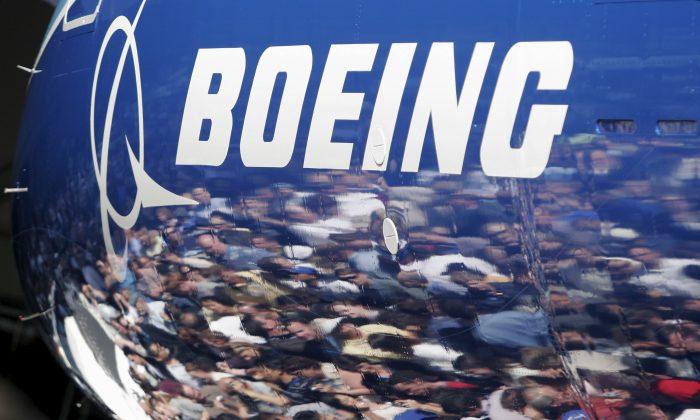Boeing has confirmed that it will move all its 787 Dreamliner production from Everett, Washington, to its production facility in North Charleston, South Carolina, in March.

In Wednesday’s press release, Boeing also announced that it suffered its biggest full-year loss on record, at $11.94 billion. Fourth-quarter losses amounted to $8.4 billion as the pandemic has undercut demand for planes.
“2020 was a year of profound societal and global disruption which significantly constrained our industry. The deep impact of the pandemic on commercial air travel, coupled with the 737 MAX grounding, challenged our results,” said Boeing President and Chief Executive Officer Dave Calhoun, in a statement.
Boeing on Wednesday got the green light from the European Union Aviation Safety Agency (EASA) to return its 737 MAX planes to service after a 22-month ban after a design and pilot training overhaul in the wake of crashes that killed 346 people.
“Commercial airplanes production rate assumptions reflect the continued impacts of COVID-19 on commercial demand, and the company will continue to assess them on an ongoing basis,” the company said. “The 737 program is currently producing at a low rate and expects to gradually increase production to 31 per month in early 2022 with further gradual increases to correspond with market demand,” it added.

Most of Boeing’s troubles over the past two years have swirled around the troubled 737 MAX. However, the biggest piece of the fourth-quarter loss reported Wednesday was a pretax charge of $6.5 billion tied to its newest plane, the bigger 777X.
“Listen, 2020 was a year like no other. Our world, our industry, our business, and our communities were facing unprecedented challenges, and we’re still in the midst of it,” Calhoun said on a call with analysts. “The next six to nine months will remain very challenging for our airline customers and the entire industry.”
Shares of Boeing fell 4 percent to close Wednesday at $194.03.





